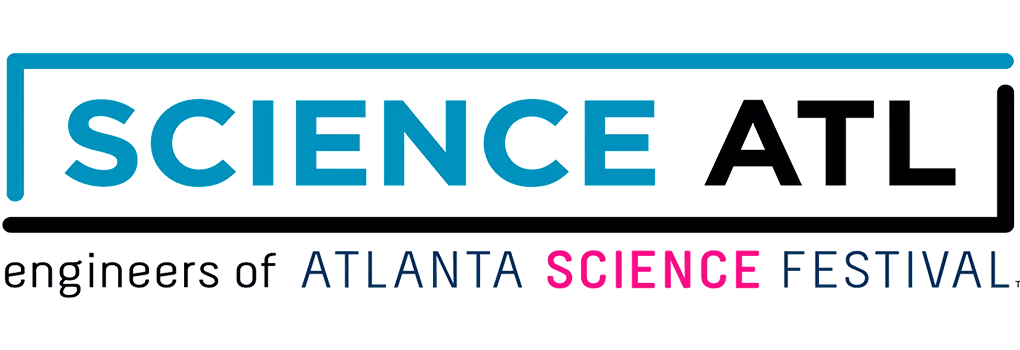Patricia Bath: Changing the Game for Cataract Surgery
“The ability to restore sight is the ultimate reward.” – Patricia Bath
By Sarah Strassler
The National Eye Institute reports that by the age of 75, almost half of all Americans have cataracts that affect their vision. As you get older, some of the proteins in your eye start to break down and cause the build-up of a cloudy blemish that we now know as a cataract. These blemishes develop slowly over time and make your vision blurry or dimmed. As you can imagine, the earlier surgeries to manually remove the physical obstruction required incredible precision and could lead to blindness if not done properly.
A Revolutionary Invention
In 1981, Patricia Bath had the idea to develop a new device that would use a laser to remove cataracts, allowing for a less invasive procedure that was more precise and would significantly cut down the recovery time for patients. Her idea was more advanced than the technology at the time and took nearly five years of research and clinical trials to develop and patent. In 1988, Bath received her first patent for the Laserphaco probe. The probe can be inserted into a tiny 1-millimeter incision in the eye and then a laser is used to very quickly vaporize the cataract. The decomposed lens can then be easily extracted and a new one inserted. This technology has helped restore vision to people who have been blind for over 30 years!
The Laserphaco probe is approved by the FDA in the United States and has been used internationally in Canada, Japan, and several European countries. Bath retired from the UCLA Medical Center in 1993 and was the first woman to be appointed to the honorary medical staff.
Developing A System for Community Ophthalmology
Patricia Bath was born in 1942 in Harlem to Gladys Bath and Rupert Bath, the first black motorman in the New York City Subway system. Bath’s interest in science began very early on when her mother, a housewife and domestic worker, bought her a chemistry set. At the age of 16, people had already started to recognize Patricia Bath’s scientific innovation with her findings from a cancer research workshop being incorporated in a scientific paper. Bath earned a Bachelor’s Degree from Hunter College in 1964 and went on to attend Medical School at Howard University .
While doing an internship at Harlem Howard University, Bath conducted a study that discovered that blindness among black patients was double that among white patients. She attributed the prevalence of blindness to a lack of access to ophthalmology care, or eye care, and therefore developed a new discipline known as community ophthalmology. Her goal was to develop a program that would offer vision tests and screen for eye conditions in underserved populations. Her outreach programs saved the sight of thousands of individuals and helped students succeed in school by identifying children in need of eyeglasses.
Thanks to her efforts, Harlem Hospital’s eye clinic began performing ophthalmic surgeries. She continued to volunteer here as an assistant surgeon and expanded her efforts to support more global initiatives to provide primary eye care to all people through the American Institute for the Prevention of Blindness.
Prevent Blindness Georgia is a local organization that provides free eye care services like the ones Patricia Bath advocated for! Visit their website for more information.





